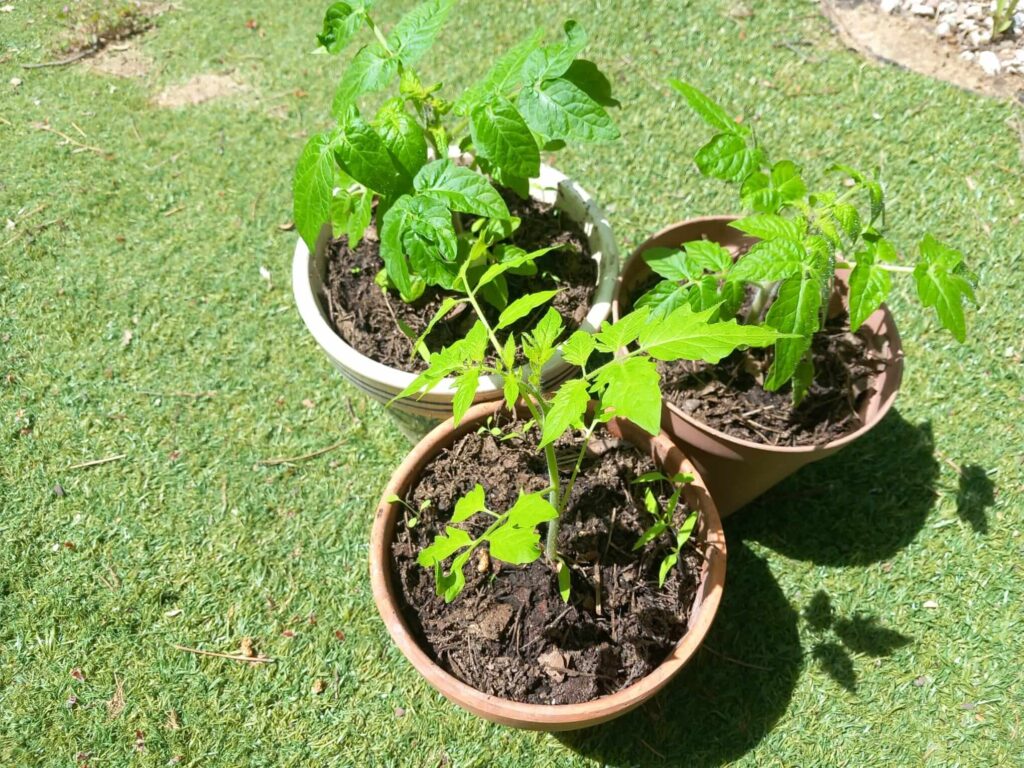Micro tomatoes or Micro-Tom, are a variety of tomatoes that are characterized by their compact size and short life cycle. Ideal for urban gardens, these plants do not exceed 20-30 cm in height, but give you a good production of small, sweet and juicy tomatoes. In addition, a very interesting advantage is that these varieties have shown resistance to fungal diseases, especially those that affect the roots and thrive in humid environments, which makes them perfect for indoor cultivation.
This makes it possible for you to enjoy tomato plants in your apartment. With very little space and some simple care, you can enjoy a delicious harvest without leaving home. Today we tell you how to do it step by step.

Constant watering but without puddling. Water regularly, especially indoors.

Direct sun, at least 6-8h/day. It does not tolerate extreme heat waves.

Dripper / Careful manual irrigation.

Very easy to grow, ideal for beginners.

Does not withstand temperatures below 10ºC or above 30ºC.

By means of seeds.
Care of Micro Tomatoes
Soil Requirements
Microtomates grow best in temperate climates and loose soils, with good aeration and drainage. They prefer warm environments, but with constant humidity in the substrate. They do not tolerate waterlogging or extreme temperatures.
Soil Preparation
Micro tomatoes can grow in different types of soil, but thrive best in soils rich in organic matter. Before planting, it is ideal to enrich the substrate with mature compost. If growing in pots, use a universal substrate mixed with perlite or coconut fiber to improve moisture retention without causing waterlogging.
Light Requirements
This plant needs direct sun exposure of at least 6 to 8 hours per day. In the hottest months, it should be protected from the intense midday sun to prevent the leaves from burning or the fruits from spoiling.
Irrigation
The micro tomato requires frequent and regular watering, keeping the substrate moist but never waterlogged. It is sensitive to drought, a dry pot will make the plant suffer.
Irrigation Methods
It is recommended to use drip irrigation to provide constant and localized water. If you do not have a dripper, manual watering is also effective if done carefully and regularly.
Seedling Care
During the first days after germination, keep the seedlings in a warm place with good light, but without intense direct sunlight. Make sure that the substrate does not dry out. When the seedlings have 2 or 3 pairs of leaves, you can transplant them to their final location.
Pest Protection
Although the micro tomato is quite resistant, it can be attacked by aphids, whitefly or red spider mite. It is recommended to monitor regularly and, if necessary, apply remedies that repel these pests.
Aphids
Aphids (Aphididae) are small insects that cluster on tender shoots and young leaves, absorbing plant sap. Their presence weakens growth and favors the appearance of fungi such as black mold, due to the honeydew they secrete. They are visible to the naked eye, green, black or yellowish. If you plant in a pot in a city, it is difficult to have natural predators(ladybugs), so given the small size of the plant, it is best to remove them manually. Another way to get rid of this pest is the associated cultivation with marigold and nasturtium, which can help to repel them.
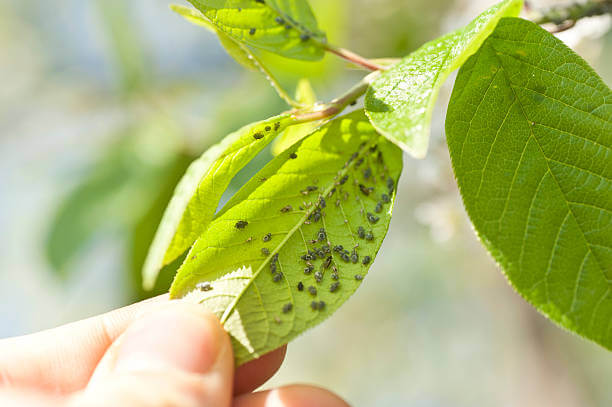

Whitefly
The whitefly (Aleyrodidae) is a flying pest that usually hides on the underside of leaves and is activated when the plant is moved. It sucks the sap, weakening the plant and leaving honeydew that favors the appearance of fungi. Its cycle is fast in hot and dry climates. To prevent its appearance, yellow chromatic traps can be placed. In case of attack, treatments with garlic diluted in water or neem extract are effective. On the other hand, plants such as marigold or basil help to keep this pest away. In the city, however, it rarely appears, and if you plant in an orchard, the best idea is to encourage biodiversity by attracting predatory insects such as hoverflies or lacewings.
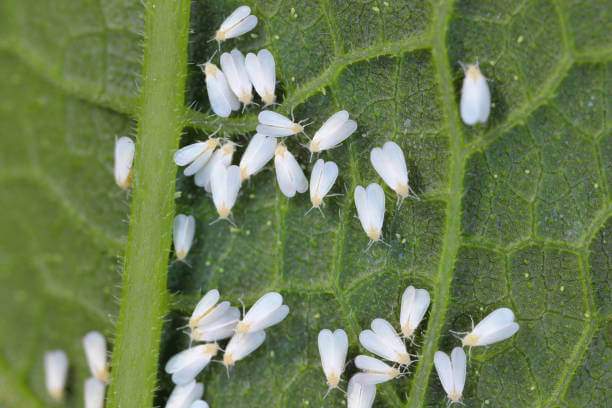
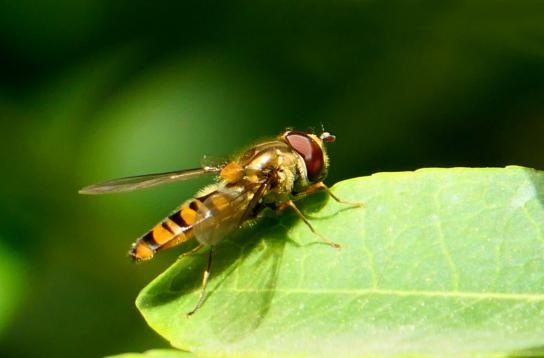
Red Spider
The spider mite (Tetranychus urticae) is a mite difficult to see with the naked eye, usually leaving signs such as yellow specks on leaves and fine webs. It thrives in dry and hot environments, so increasing humidity is a good preventive method. In case of infestation, regular spraying with water is recommended. In the city it may be a good idea to use acaricides such as garlic extracts or neem oil. Frequent monitoring and maintaining adequate irrigation will help prevent their appearance.
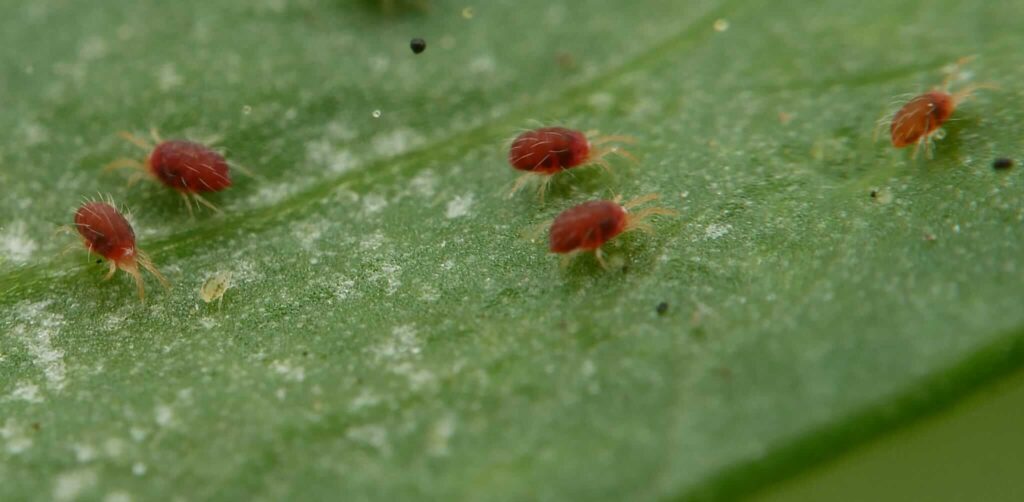
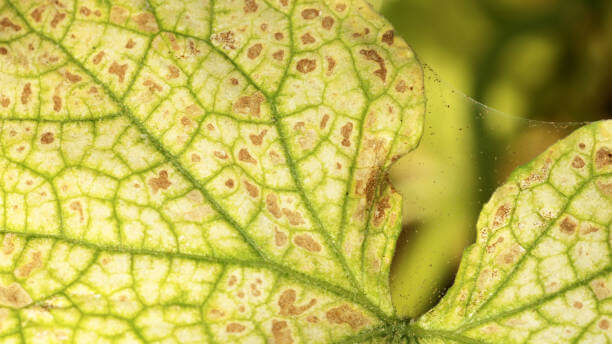
How to Reproduce Micro Tomatoes
Seed Reproduction
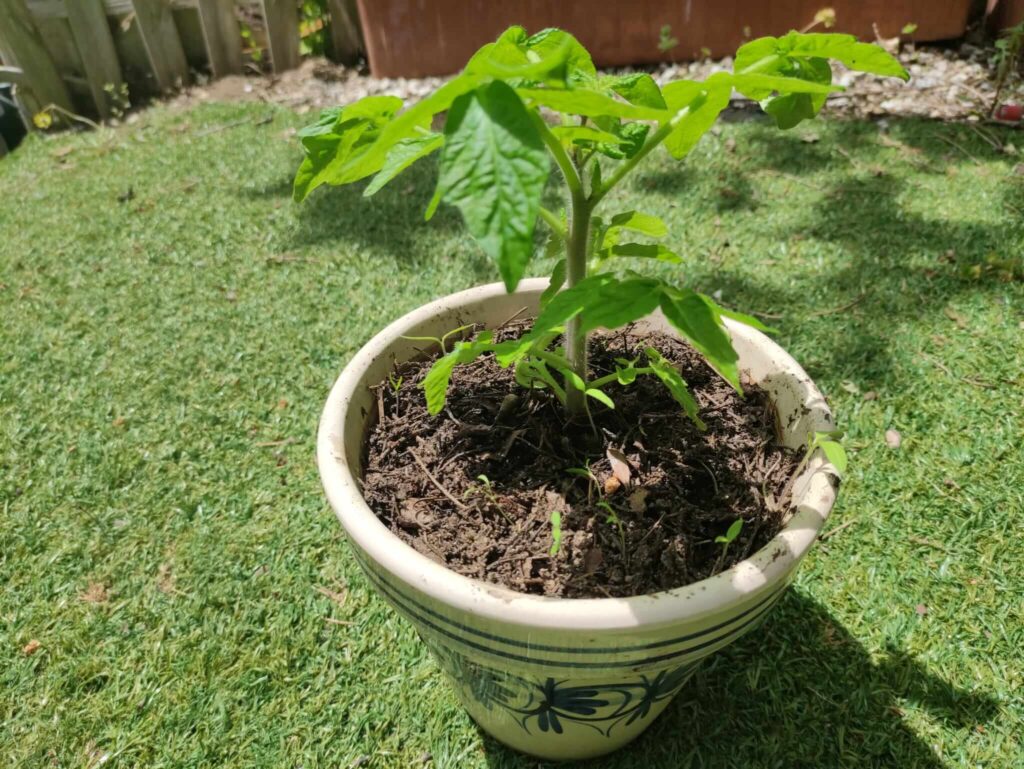
Micro tomatoes are a plant that contains numerous seeds inside.
To harvest them, we must wait until the fruits are completely ripe and soft. At this point, cut them in half and extract the seeds, which are left to ferment for a few days in a glass of water to remove the gelatinous layer that covers them. Then drain them, let them dry well on absorbent paper and store them in a dry and dark place.
Each fruit will contain between 60 and 90 seeds inside, and this amount may vary depending on the variety and growing conditions. Given that a plant creates numerous fruits, let’s imagine the amount of seeds it produces, which we can use to save in a paper envelope for planting.
Sowing
Tomato can be planted indoors at the end of winter, with February in the northern hemisphere being the ideal month. However, since this plant is suitable for growing closet or indoors if we have a sunny place at home, we could have it throughout the year. When starting the cultivation, it is advisable to do it in a seedbed. To do this, place the seed inside at a depth of 0.5-1 cm, in a loose and fertile substrate and cover it with Vermiculite to maintain humidity and at the same time avoid the appearance of fungi.
Micro tomatoes germinate exactly like any tomato, it is advisable to do it indoors and use a heat source under the seedlings to accelerate the process if you do not do it in spring, if you do not have heat mats, you can put them on top of the refrigerator or internet router, as they are areas that usually give that little bit of extra temperature. Also, remember to put a small plastic cover at the beginning, this way we will keep the humidity.
Once you see that the seed has already opened, remove the cover and place the seedlings in the sunniest place you can (always indoors) so that the plants do not stretch. And when the seedling has at least 2 or 3 pairs of leaves, we can transplant it to its final location, in a pot or directly in the garden.
Uses of Micro Tomatoes
Culinary Uses
Micro tomatoes, despite their tiny size, are a gastronomic delight. They stand out for their intense flavor, slightly sweeter or more acidic depending on the variety, and are rich in lycopene, vitamin C, potassium and antioxidants, which makes them beneficial for cardiovascular and immune health.
They can be consumed directly in salads, fresh sauces, pickles or as an appetizer. They are ideal for dishes where you want to highlight the aesthetics of the food, for example, in tapas, gourmet dishes or side dishes.
Associations
Micro tomatoes, because of their compact growth and less extensive roots than traditional tomatoes, adapt well to small spaces, although they require good sun exposure. It is important to consider their environment to avoid competition for light and nutrients.
| Compatibilities | Incompatibilities |
|---|---|
| Aromatic plants (such as Basil, as it repels pests) | Potato (share diseases such as downy mildew) |
| Carrot (thanks to its deep roots do not compete for soil) | Fennel (inhibits its growth) |
| Onion and Garlic (serve as pest repellents) | Cabbages (cause nutrient imbalance in the soil) |
| Lettuce and spinach (roots at different depths, optimize nutrient and soil moisture use) | Peas (may attract common pests) |
Now that you know all about microtomatoes, here are some recommendations that we think you may find useful when planting them at home:
🍅 Microtomates seeds
Grow your own microtomatoes at home and enjoy their authentic flavor.
👉 View on Amazon🌱 Seedbeds
Ideal to start growing your microtomato seeds or other vegetables indoors.
👉 View on Amazon🌡 Thermal Carpeting
Maintain the ideal temperature and accelerate the germination of your seeds.
👉 View on Amazon
